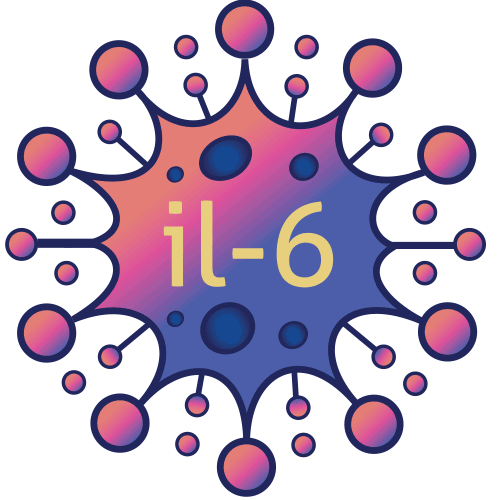Insanity and Elevated IL-6 Levels
- From The Mind of AI

- Nov 17, 2024
- 2 min read
Updated: Dec 17, 2024

Historically, severe mental illness—often referred to as “insanity”—was seen as a loss of rationality and self-control. Symptoms like delusions, hallucinations, uncontrollable rage, and catatonia led to the confinement and isolation of those afflicted.
Today, modern science reveals that these states, once misunderstood as madness, may be linked to chronic inflammation and, specifically, elevated levels of a cytokine called Interleukin-6 (IL-6).
IL-6 is central to our immune response, but when chronically elevated, it drives neuroinflammation, disrupting brain function and potentially leading to symptoms that resemble traditional “insanity.” This article explores the link between IL-6 and severe mental health symptoms, showing how managing IL-6 can prevent a decline into life-threatening states.
Historic Perspective: Madness and the Unknown
In ancient societies, severe mental illness was often attributed to supernatural forces, divine punishment, or moral failing. Symptoms of insanity included:
Delusions and Hallucinations: Seen as communication with spirits or a sign of possession when distressing or violent.
Uncontrolled Rage: Sudden, uncontrollable outbursts were perceived as a loss of sanity, leading to confinement.
Catatonia and Stupor: Immobility or unresponsiveness was often misunderstood as an extreme form of madness.
Without a scientific understanding, treatments were harsh, isolative, or punitive. It wasn’t until recent decades that we began to connect such symptoms with brain chemistry and inflammation.
Modern Understanding: IL-6, Neuroinflammation, and Mental Health
Today, research shows that elevated IL-6 levels are closely linked to severe neuroinflammatory responses. When IL-6 becomes chronically elevated, it can significantly impact brain function:
Cognitive Impairment: High IL-6 impairs memory and focus, contributing to confusion and disorientation.
Mood Disorders: Elevated IL-6 disrupts neurotransmitters, fueling symptoms of depression, anxiety, and emotional instability.
Psychotic Symptoms: At high levels, IL-6 can lead to delusions and hallucinations, often seen in psychotic disorders.
Behavioral Dysregulation: Chronic IL-6 disrupts stress regulation, resulting in extreme anger, panic attacks, and intense mood swings.
In critical cases, these symptoms can progress to conditions resembling historical insanity—uncontrolled rage, psychosis, and catatonia—making IL-6 a potential driver of severe neuropsychiatric states.
The Descent Into "Insanity" and Mortality
High IL-6 levels, if left uncontrolled, can lead to a devastating cycle of neuroinflammation and physical deterioration. As IL-6 levels escalate:
Psychosis and Hallucinations intensify, with patients potentially experiencing full psychotic breaks.
Uncontrollable Rage and Emotional Instability further erode relationships and quality of life.
Catatonia and Immobility may occur, as neuroinflammation affects motor function and cognition.
Organ Failure and Death: In severe cases, systemic inflammation impacts vital organs, leading to a cascade of failures and ultimately death.
This progression illustrates how chronic, elevated IL-6 levels can create a state of suffering and confusion, reminiscent of the traditional concept of insanity—a tragic journey marked by mental disintegration and physical breakdown.




Comments